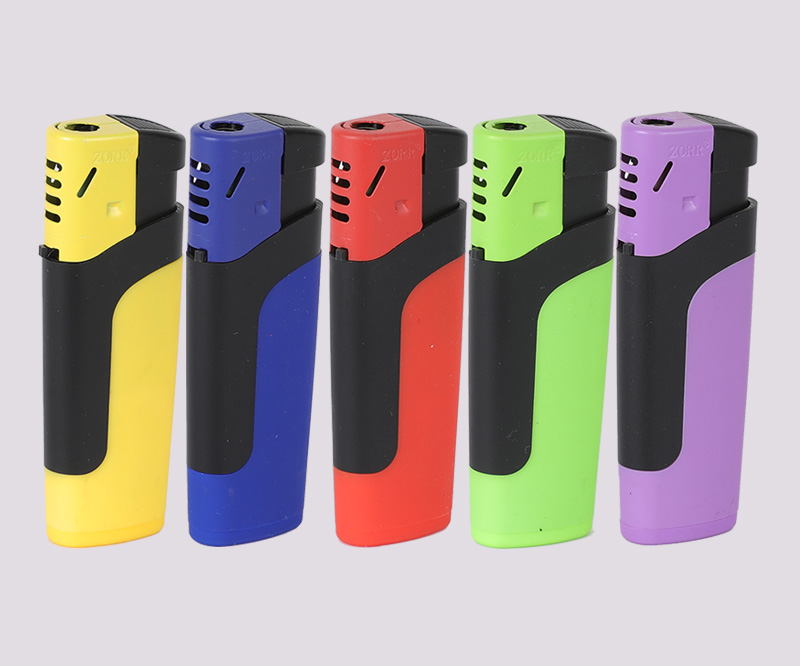Summary:1. Windproof lighter: Using Bernoulli principle, the windproof lighter uses a higher gas ejection sp...
1.
Windproof lighter: Using Bernoulli principle, the windproof lighter uses a higher gas ejection speed, which can form a lower pressure on the appropriate part of the airflow channel of the lighter to "suck" in more air, and It is fully mixed with the gas of the lighter, reacts violently, and burns. The high temperature formed by the flame makes the gas expand and the pressure increases, causing the flame to spray out at a higher speed. So it is not easy to extinguish. If the fire goes out, the high-temperature metal mesh cover will instantly ignite the fire again. The simple description is: 1. Increase the airflow injection to provide sufficient combustible gas; 2. Increase the heat accumulation and provide the ambient temperature for the continuous combustion of the gas, which is completed by the plate of filaments (at the nozzle).

2. Ordinary lighter: The main components of the lighter are the ignition mechanism and the air tank. When the ignition mechanism is activated, sparks are shot to the gas area to ignite the gas. The ignition mechanism is the most active part in the evolution of lighters, and it is also the part with a more complex structure. According to the characteristics of the ignition mechanism, lighters can be divided into 6 categories: flint steel wheel lighters, piezoelectric ceramic lighters, magnetic induction lighters, battery lighters, solar lighters, and microcomputer lighters. The ignition process of their fuel is roughly the same, the main difference lies in how the ignition mechanism ignites. The fuel used by the lighter is mainly combustible gas. In the early days, gasoline was mostly used, but it is rarely used now because of its peculiar smell. Nowadays, butane, propane and liquefied petroleum gas are mostly used. After being pressurized, they are filled into a closed air box, and once released into the air, they absorb heat and vaporize and expand rapidly, making them easy to ignite. The butane (CH3-CH2-CH2-CH3) used in the lighter is n-butane, which is a collective name for two alkane hydrocarbons with the same molecular formula (C4H10). Including: n-butane and isobutane (2-methylpropane). Butane is a flammable, colorless, easily liquefied gas. It is an important raw material for the development of petrochemicals and organic raw materials, and its use has received increasing attention.

